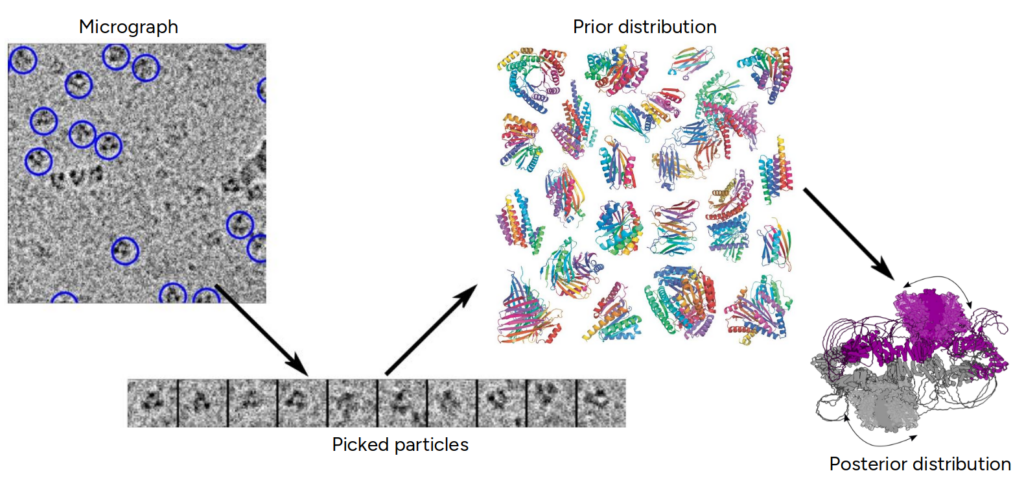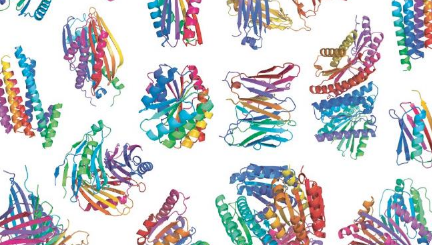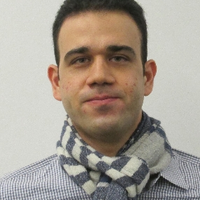About the project
Objective
This project aims to advance the understanding of flexible protein dynamics by developing novel algorithms that integrate cryo-electron microscopy (cryo-EM) data with computational predictions using generative AI and statistical modeling. The goal is to overcome current limitations in protein structure prediction by accurately reconstructing continuous, atomic-resolution 3D structures and their dynamic variations. Ultimately, the project will provide transformative tools for the global life sciences community, enhancing insights into molecular functions critical for health, biotechnology, and medicine while strengthening Sweden’s leadership in AI4Science.

Background
Understanding the dynamic structures of flexible proteins is a major challenge in structural biology, as these molecules undergo continuous conformational changes essential for their biological functions. While cryo-electron microscopy (cryo-EM) has revolutionized the visualization of biomolecules at near-atomic resolution, capturing their full dynamic range remains difficult. Current computational methods, including AI-based predictions like AlphaFold, often fall short in modeling the continuous motions and heterogeneity of flexible proteins.
This project builds on advances in cryo-EM imaging, statistical modeling, and generative AI to develop new approaches that can more accurately reconstruct and analyze protein dynamics, addressing critical gaps in both experimental and computational techniques.
Cross-disciplinary collaboration
The project brings together experts from mathematics, machine learning, and structural biology to tackle complex challenges in biomolecular dynamics. Mathematicians contribute advanced statistical and inverse problem-solving techniques crucial for developing robust reconstruction algorithms. Machine learning specialists develop generative AI models to create data-driven priors that enhance the interpretation of cryo-EM data.
Finally, structural biologists provide essential expertise in cryo-EM methodologies, including sample preparation and image processing, ensuring high-quality experimental data, but more importantly provide critical domain expertise in order to design and evaluate the proposed methods.




